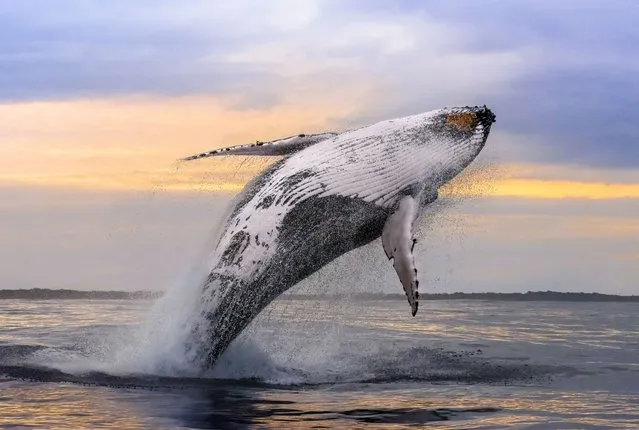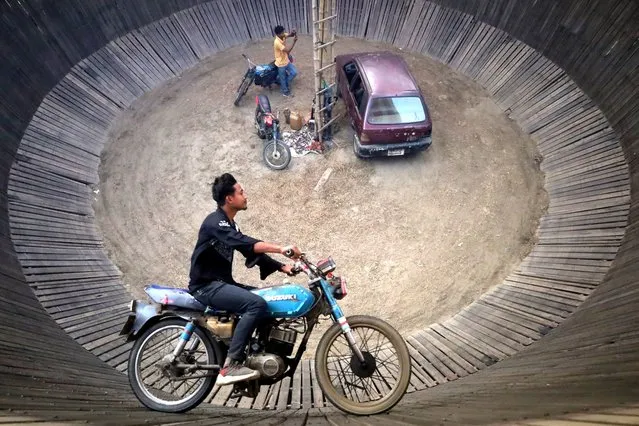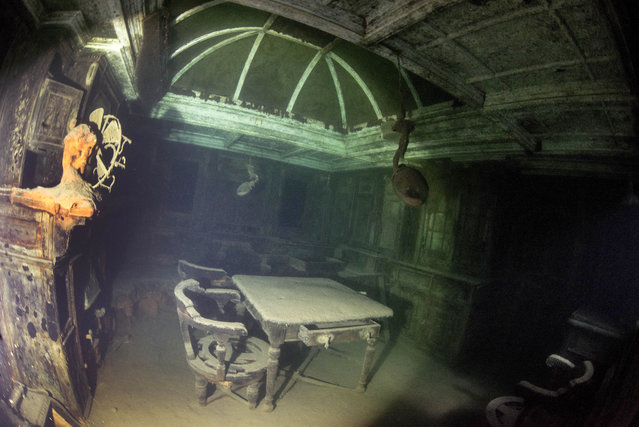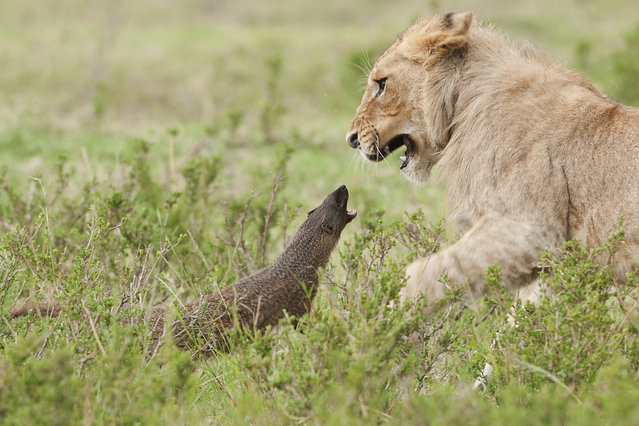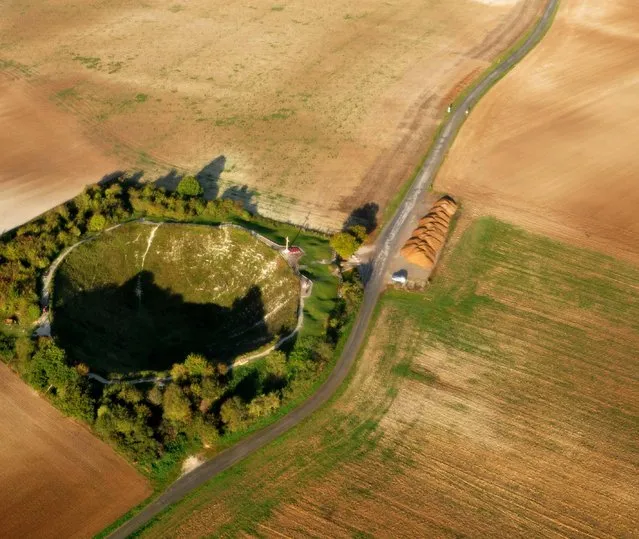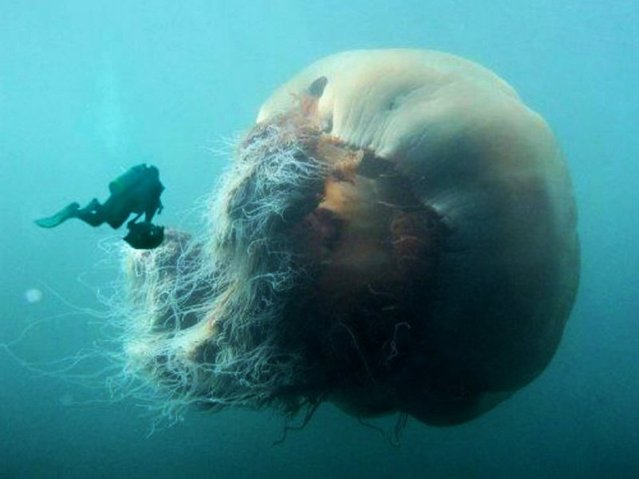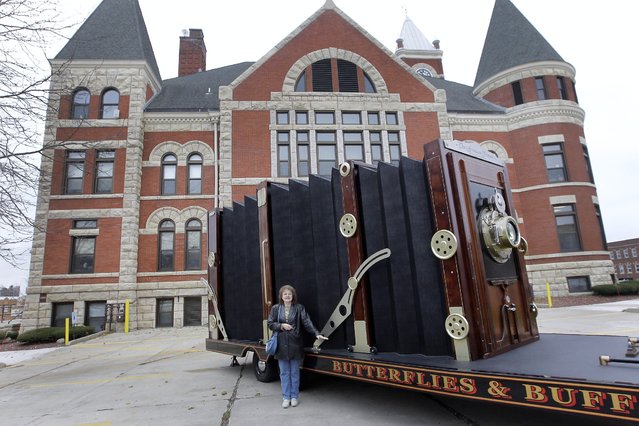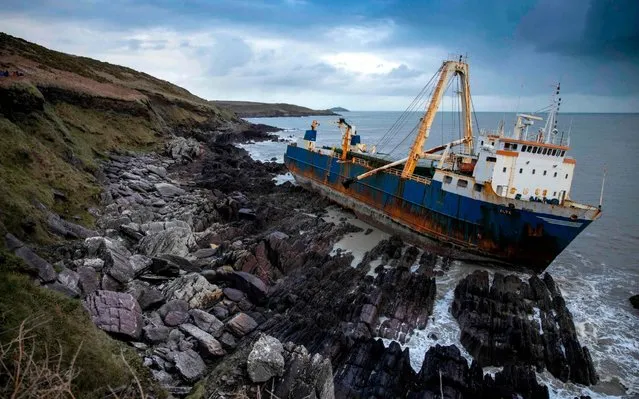
The abandoned 77-metre (250-feet) cargo ship MV Alta is pictured stuck on rocks near the village of Ballycotton south-east of Cork in Southern Ireland on February 18, 2020. A “ghost ship” drifting without a crew for more than a year washed ashore on Ireland's south coast in high seas caused by Storm Dennis, the Republic's coast guard said. (Photo by Cathal Noonan/AFP Photo)
20 Feb 2020 00:07:00,post received
0 comments

